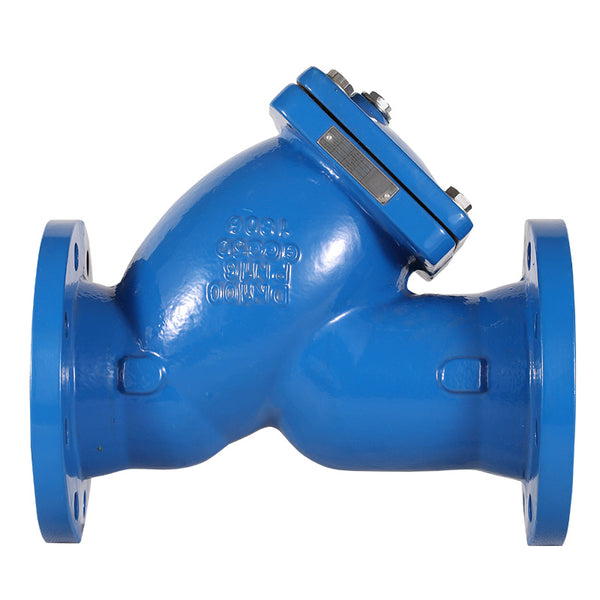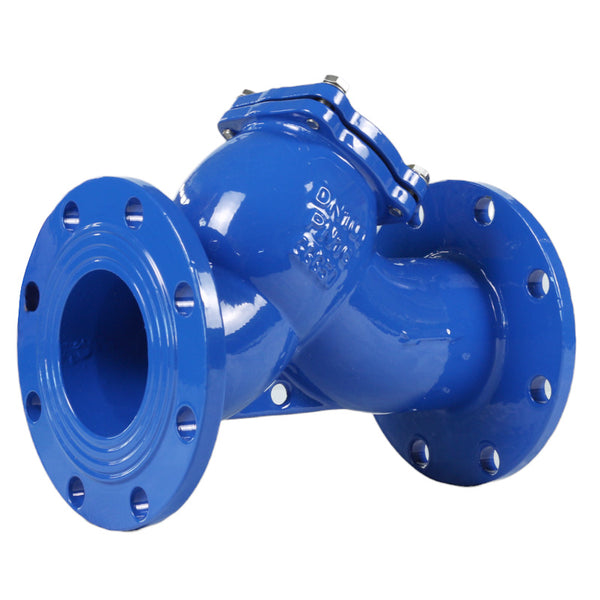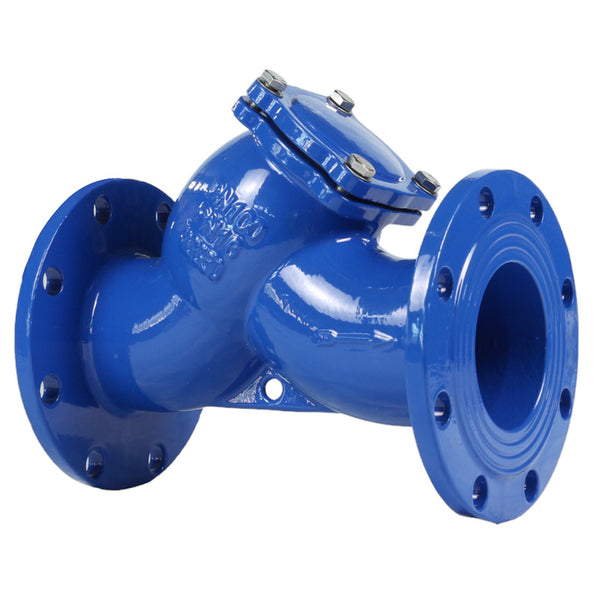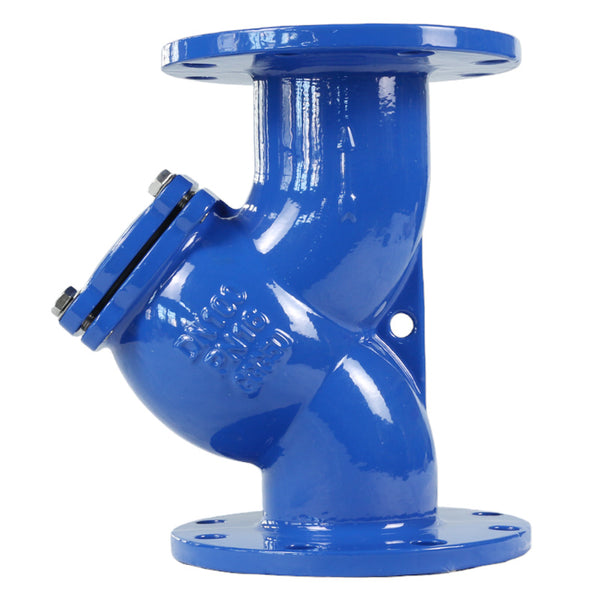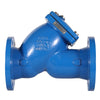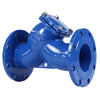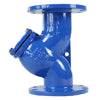PRODUCT DETAILS
Y-Strainer Introduction
Y Strainer is an indispensable filtration device for pipeline system of conveying medium, and Y Strainer is usually installed at the inlet end of pressure reducing valve, pressure relief valve, water level valve or other equipments, which is used to remove impurities in the medium to protect the normal use of valves and equipments.Y Strainer has the features of advanced structure, small resistance, convenient drainage, etc. Y Strainer can be applied to the mediums of water, oil and gas. Generally, the water network is 18-30 mesh, the gas network is 10-100 mesh, and the oil network is 100-480 mesh.
As a crucial component of a plumbing system, the Y-Strainer efficiently filters out debris and sediment, ensuring a smooth flow of liquids. Made of durable materials, this Y-Strainer is built to last and offers long-term cost savings by preventing clogs and potential system damage.With a simple installation process, it's the perfect solution for preventing clogs and ensuring the longevity of your plumbing system.
Y-Strainer Drawing

Standard of Implementation
| Category | Details |
|---|---|
| Type | Flange |
| Face to Face | API609, BS5155, DIN3202, ISO5752 |
| Flange | DIN, BS, UNI, ISO, ANSI, AS, JIS |
| Mounting Flange | ISO5211 |
| Working Pressure | PN16 (200PSI) |
| Application | HVAC, Water Supply & Sewage, Food & Beverage, Chemical/ Petrochemical Processing, Power and Utilities, Paper and Pulp, Ship Building |
Standard Materials Of Main Parts
| ITEM | PART NAME | MATERIAL |
|---|---|---|
| 1 | BOLT | CS |
| 2 | BONNET | DI |
| 3 | SEATING | RUBBER |
| 4 | SCREEN | Ss304 |
| 5 | BODY | DI |
Dimensions:(mm)
| DN | F1 | DIN PN16 | DIN PN10 | ||||
|---|---|---|---|---|---|---|---|
| L | D | D1 | n-Ød | D | D1 | n-Ød | |
| 50 | 230 | 165 | 125 | 4-19 | 165 | 125 | 4-19 |
| 65 | 290 | 185 | 145 | 4-19 | 185 | 145 | 4-19 |
| 80 | 310 | 200 | 160 | 8-19 | 200 | 160 | 8-19 |
| 100 | 350 | 220 | 180 | 8-19 | 220 | 180 | 8-19 |
| 125 | 400 | 250 | 210 | 8-19 | 250 | 210 | 8-19 |
| 150 | 480 | 285 | 240 | 8-23 | 285 | 240 | 8-23 |
| 200 | 600 | 340 | 295 | 12-23 | 340 | 295 | 8-23 |
| 250 | 730 | 405 | 355 | 12-28 | 395 | 350 | 12-23 |
| 300 | 850 | 460 | 410 | 12-28 | 445 | 400 | 12-23 |
| 350 | 980 | 520 | 470 | 16-28 | 505 | 460 | 16-23 |
| 400 | 1100 | 580 | 525 | 16-31 | 565 | 515 | 16-28 |
| 450 | 1200 | 640 | 585 | 20-31 | 615 | 565 | 20-28 |
| 500 | 1250 | 715 | 650 | 20-34 | 670 | 620 | 20-28 |
REVIEWS
Download
FAQs
What is a Y strainer used for?
It uses a mesh or perforated screen to capture particles. Fluid flows through the filter, debris is captured by the screen, and clean fluid passes through.
What is the role of a Y strainer
Y strainer are used to filter debris and contaminants from fluid systems to protect downstream equipment such as pumps, valves, and pipes. The strainer helps protect downstream equipment (such as pumps, valves, and pipes) from damage and wear, ensuring that the system runs efficiently and smoothly.
What is the difference between a Y-type strainer and a T-type strainer?
Both Y-type and T-type strainers can filter debris from fluid systems, but their designs and applications are different. The Y-type strainer has a Y-shaped body and can be installed in horizontal or vertical pipes, and debris can be easily removed through a pressure relief valve. It is usually used in continuous flow applications. The T-type strainer has a T-shaped body and a larger filtering area, making it suitable for applications with higher debris loads. It is usually installed in horizontal pipes and requires more space and effort to clean than the Y-type strainer.
Where are Y-type strainer usually used?
Y-strainers are used in a variety of industries including water treatment, oil and gas, chemical processing, and HVAC systems to protect pumps, valves, and other equipment.
